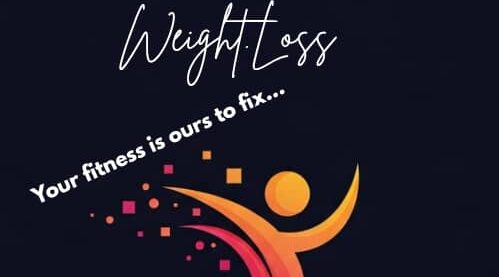What to Eat and If It Works
- The GAPS (Gut and Psychology Syndrome) diet is a type of elimination diet.
- It starts off with a liquid diet and then you gradually add in certain types of solid food.
- The GAPS diet claims to treat a large list of ailments, but some experts are skeptical.
- Visit Insider’s Health Reference library for more advice.
Gut and Psychology Syndrome, known as GAPS, refers to the idea that the health of your digestive system is directly connected to how your brain functions. So, the GAPS diet is designed as a way to help treat people with stomach ailments and a wide range of psychological issues.
Proponents of the GAPS diet claim that it cures a long list of ailments — including ear infections, eczema, and PMS — none of which are backed by scientific research. Here’s what you need to know about the GAPS diet and why many experts do not consider it a legitimate medical treatment.
How the GAPS diet works
The concept of GAPS and the GAPS diet were created by Natasha Campbell-McBride, MD, a physician who spent her career working as a neurologist and later a nutritionist in her own clinic.
According to Campbell-McBride’s theory, large growths of “bad” bacteria in the gut give off toxic substances like acetaldehyde and clostridial neurotoxins when digesting food.
Her theory, which is unproven, is that these toxins then enter the bloodstream where they can harm your immune system, organs, and cause psychiatric and neurological problems.
The GAPS diet claims to prevent this by promoting “good” bacterial growth in the gut and eliminating high-fiber, inflammatory foods.
What to eat on the GAPS diet
The GAPS diet is a type of elimination diet that consists of three phases:
- The introduction
- The full GAPS diet
- The reintroduction phase
The introduction phase of the GAPS diet is made up of six sub-stages, which start with extreme restriction, then gradually add in more foods. This phase can last anywhere from 4 to 6 months, depending on how digestive symptoms like diarrhea evolve.
Here’s what to start eating and what to add as you progress through the introduction phase:
- Start out with homemade soup made from fish or meat stock.
- Add raw organic egg yolks and meat and vegetable stews made without spices.
- Next, add avocado, flour-free “pancakes”, cooked eggs, and fermented vegetables.
- After that, you can try meat, olive oil, vegetable juice, and flour-free “bread.”
- Add cooked apple, vegetables, and methodically introduce more veggies and fruits in the form of juice.
- Finally, you can include raw fruits, honey, and certain sweet baked goods.
Once you have passed through all six stages and added all the allowed foods, you have reached the full GAPS phase. This phase of the diet continues for around 1.5 to 2 years before other foods like potatoes and fermented grains can be gradually reintroduced.
Is the GAPS diet effective?
Tamara Duker Freuman, a New York-based registered dietitian and author of “The Bloated Belly Whisperer,” is critical of the GAPS diet’s extravagant claims, saying that diet alone may not be enough to cure many serious diseases.
While diets can help lower your risk of disease or treat symptoms, Freuman says, “anyone who claims their diet cures anything — and certainly such a laundry list of diseases — is making claims that are not supported by scientific evidence.”
In fact, scientific evidence may go against the claims of the GAPS diet. To encourage a healthy gut biome, Freuman says, the current research says that a diverse diet with plenty of fiber is the best option — which directly contradicts the low-fiber requirements of the GAPS diet. Moreover, severely restricted diets can actually have a negative effect on the gut microbiome, Freuman says.
Lastly, the GAPS diet relies heavily on probiotics as a source of healing for the gut. However, researchers are still learning how exactly probiotics affect the human microbiome and there’s limited research as to how effective they truly are — especially when it comes to treating serious inflammatory conditions like Crohn’s disease.
And for some conditions like small intestinal bacterial overgrowth (SIBO), probiotics may even cause harm. Learn more about how to relieve SIBO symptoms in our article about the SIBO diet.
Insider’s takeaway
“I would never recommend the GAPS diet to anyone under any circumstances,” Freuman says — especially children and adults who are underweight because it can potentially lead to nutritional deficiencies.
For people experiencing digestive problems, the right elimination diet should stabilize your symptoms within a week or two, Freuman says. But you should not continue that similar diet for months or years, as suggested by the GAPS diet.
Instead, if you’re suffering from gut issues, Freuman recommends other diets like the low-FODMAP diet or Mediterranean diet, depending on the individual’s symptoms and condition. After all, there’s no one-size-fits-all solution.

